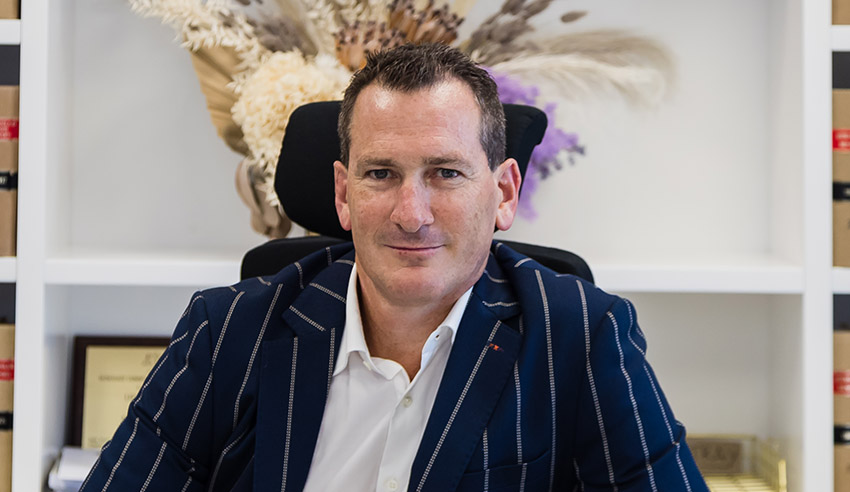Why are there so few female barristers?
Unless something changes, future attorneys-general are going to find it very difficult to maintain gender balance on court benches if too few women rise to the senior ranks of the barrister’s branch of the profession, Travis Schultz writes.

Earlier this year, one of my team members relayed a conversation he’d had with a well-intentioned colleague who was grappling with issues around his client’s equal opportunity briefing policy. He wanted to expand the number of female barristers on their firm’s panel and was looking for names of female barristers who could be included based on their experience in their area of law. Though my colleague dutifully suggested a few who immediately came to mind, the conversation ended with the rhetorical question, “Why are there so few female barristers?”.
Extracting data on the number of barristers in Australia and the proportion of those who are female hasn’t been an easy task. Using the Australian Bar barrister search tool, it would seem there are around 6,800 barristers Australia-wide, of whom 1,744 are women. That’s a surprisingly low 25.65 per cent. In Queensland, the under-representation of women at the Bar is even more pronounced – of 1,164 barristers in the state, only 254 are female – just 21.82 per cent.
The difficulties faced by women at the Bar have been the subject of a great deal of discussion over the years. It was some 18 years ago, in 2003, that the NSW Bar Council adopted its own equitable briefing policy – followed only a year later by the Law Council of Australia drawing up its own version of the blueprint. However, if the Law Council’s report on its own policy is any guide, it indicates that the policy alone has not achieved the desired outcome.
The 2018-19 report shows that of total briefs delivered in the reporting period, 27 per cent went to female barristers, yet those briefs represented only 20 per cent of the overall briefing fee value for the period. In other words, it looks as though female barristers are getting a percentage of briefs consistent with their representation of the barrister’s branch of the profession yet are not being offered as many opportunities to work on more lucrative or larger matters as their male counterparts.
Further investigation, if the information were available, may reveal that the nature of the work the female barristers are handling is not as lucrative as their male counterparts e.g. family law vs litigation. Worth considering.
So what’s the solution?
I read with interest a paper authored by Justin Gleeson SC (as he then was) and Rena Sofroniou (published in the NSW Bar News, Winter 2004) in which the authors offered a number of possible reasons for the under-representation of females at the Bar. The authors reported that one woman they spoke to suggested that the problem came down to two “F Factors” – fear and family. It was suggested that men might be encouraged to follow through with their ambitious professional dreams and vocations while women were, either innately or by social condition, more risk-averse. I wonder whether the female members of our profession would see it that way in these times? Also, is the fear women experience related to risk or another factor?
Speaking for myself, I haven’t noticed any difference between the competency of male and female barristers. If anything, the female barristers I have worked with have shown superior “soft skills” than their male counterparts. I’m sure that there will be any number of hypotheses as to why the barrister’s branch of the profession is still relatively unattractive to women (in comparison to the solicitor’s branch of the profession). I don’t pretend to have the answers, yet I suspect that we need to do much more than simply establish “equitable briefing practices”.
Surely we need to firstly identify the perceived barriers for women at the Bar and address those? I don’t suppose to know what all those barriers are. However, I suspect that there are a myriad of reasons as to why relatively few women choose to undertake Bar exams.
One thing is for sure; unless something changes, future attorneys-general are going to find it very difficult to maintain gender balance on court benches if too few women rise to the senior ranks of the barrister’s branch of the profession.
Travis Schultz is the managing partner of Travis Schultz & Partners.

Naomi Neilson
Naomi Neilson is a senior journalist with a focus on court reporting for Lawyers Weekly.
You can email Naomi at:





